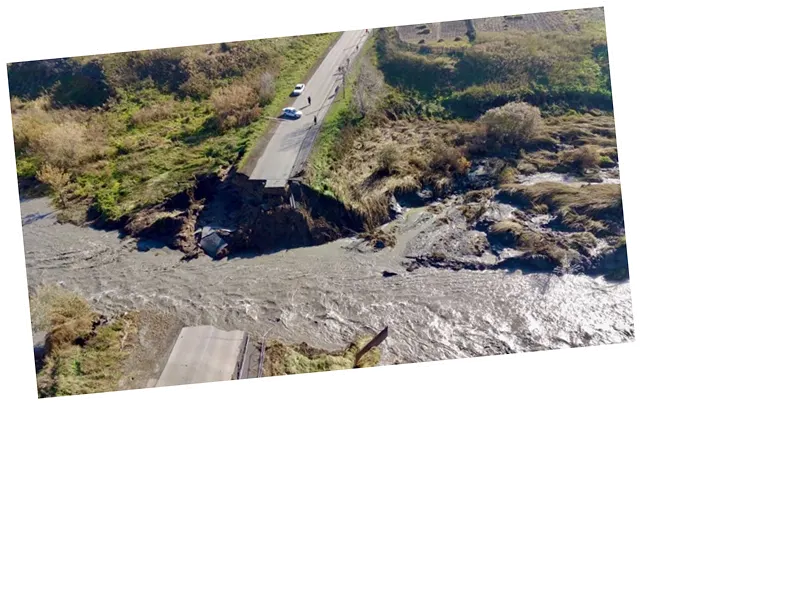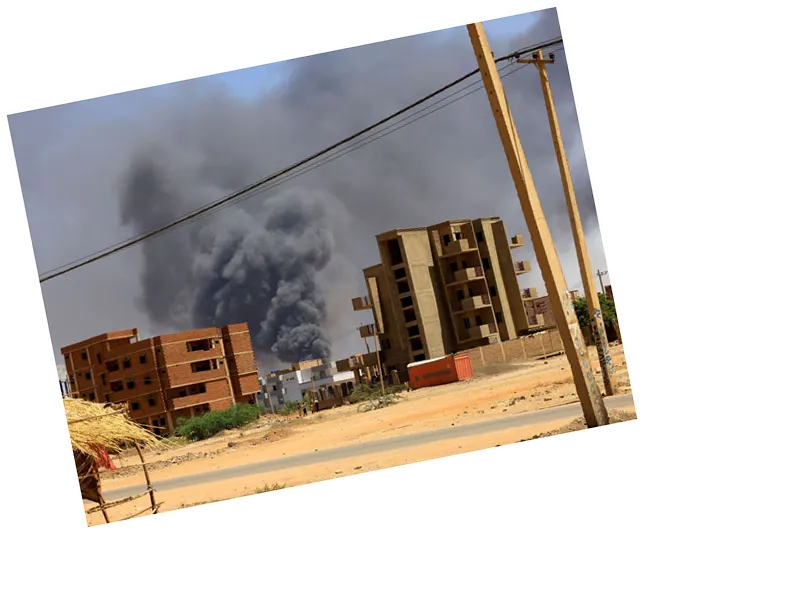Catastrophic Collapse of Arbaat Dam in Sudan: A Humanitarian Crisis Unfolds
The recent collapse of the Arbaat Dam in eastern Sudan has triggered a catastrophic humanitarian crisis, leaving thousands of residents in Port Sudan and surrounding areas at risk of severe water shortages. Torrential floods resulting from the dam's failure have swept through over 20 villages, leading to the loss of livestock, property, and tragically, human lives. Local leaders report that approximately 132 people have died, with many more missing, as the community grapples with the aftermath of this disaster.
Immediate Impact on Water Supply and Livelihoods
The Arbaat Dam was the primary source of fresh water for the Red Sea State, with a storage capacity of nearly 16 million cubic meters. Its collapse has cut off this vital resource, threatening the survival of Port Sudan's population. Residents now face the dire reality of walking long distances for clean drinking water, as contaminated water sources from flood aftermath pose additional health risks. The Secretary-General of the Popular Committee for Humanitarian Action in Eastern Sudan has issued urgent appeals for aid, highlighting the desperate need for drinking water and other essential supplies.
Government Response and Future Solutions
In response to the crisis, the Red Sea State Water Authority has acknowledged the extent of the damage, with 80% of the dam reported as completely destroyed. While local officials are exploring alternative solutions, including the use of desalination plants and other dams, the immediate future remains uncertain. The government has yet to provide a comprehensive assessment of the situation, but residents continue to call for timely support to address the pressing humanitarian needs in the wake of this disaster.
- The Arbaat Dam, constructed in the early 2000s, was crucial for the water supply of the region. Its collapse has not only impacted the immediate area but also raised concerns about potential health crises due to reliance on contaminated water sources. The local community is rallying for assistance, emphasizing the urgency of the situation as they face the dual challenges of water scarcity and the threat of disease. Efforts to rehabilitate the water supply systems are underway, but the timeline for restoring normalcy remains unclear. The government faces significant pressure to act swiftly to prevent further deterioration of living conditions for those affected.






